
Benign febrile seizures or febrile convulsions affect children between the age of 6 months and 5 years. Convulsions are, as the very name suggests, induced by fever which is typically associated with some infections outside the central nervous system. The affected child is considered neurologically normal and suffers from no diseases of the central nervous system.
Benign Febrile Seizures Clinical Characteristics
It is estimated that the condition affects approximately 3% of children between the age of 6 months and 5 years. In majority of cases the child suffers from some viral infection that triggers the increase in body temperature. The temperature increases rapidly and soon initiates seizures. The onset of convulsions is associated with abrupt increase in body temperature rather than the occurrence of fever itself.
The seizures are tonic-clonic and frequently lead to loss of consciousness accompanied by muscular rigidity. During the attack there may be cessation of respiratory movement and incontinence of urine or feces. The tonic phase does not linger for more than 30 seconds. After that the attack goes through the clonic stage characterized by repetitive movements of the extremities and the face.
Benign Febrile Seizures Treatment
The first thing what parents of the febrile child must do is remove the clothing and cover the child only with a sheet. Furthermore, during the attack the child must be placed on the side this way preventing potential aspiration of the stomach content.
When it comes to medical treatment rectal diazepam is the drug of choice which provides with desirable effect in no time.
All children suffering from febrile convulsions must be hospitalized. Doctors will treat convulsions and also search for infection that has led to an increase in body temperature in the first place. It is also essential to rule out meningitis as a cause of seizures.
The child is administered intravenous fluids (these prevent dehydration) and some antipyretics like paracetamol.
Who is at Risk for Benign Febrile Seizures?
If the first attack occurs before the child turns 1 year, the condition is highly likely to reoccur. Similarly, the overall risk of febrile convulsions is increased in people with a positive family history. The episode of seizures is more likely to occur again if the attack occurs when the body temperature is not so high (e.g. is below 39°C). Finally, even a family history of epilepsy may be a risk factor for a child to develop febrile convulsions.
The prognosis of the condition is quite good. Only 1% of all patients will develop epilepsy later in life.


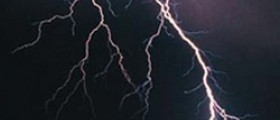





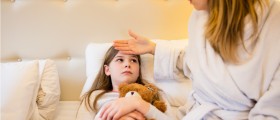
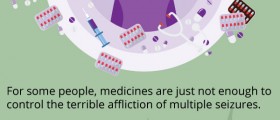
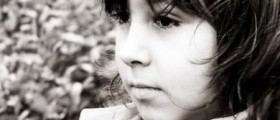



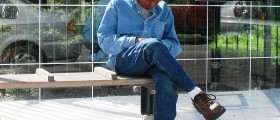
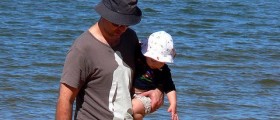
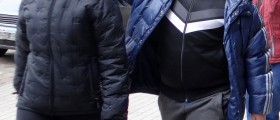
Your thoughts on this
Loading...